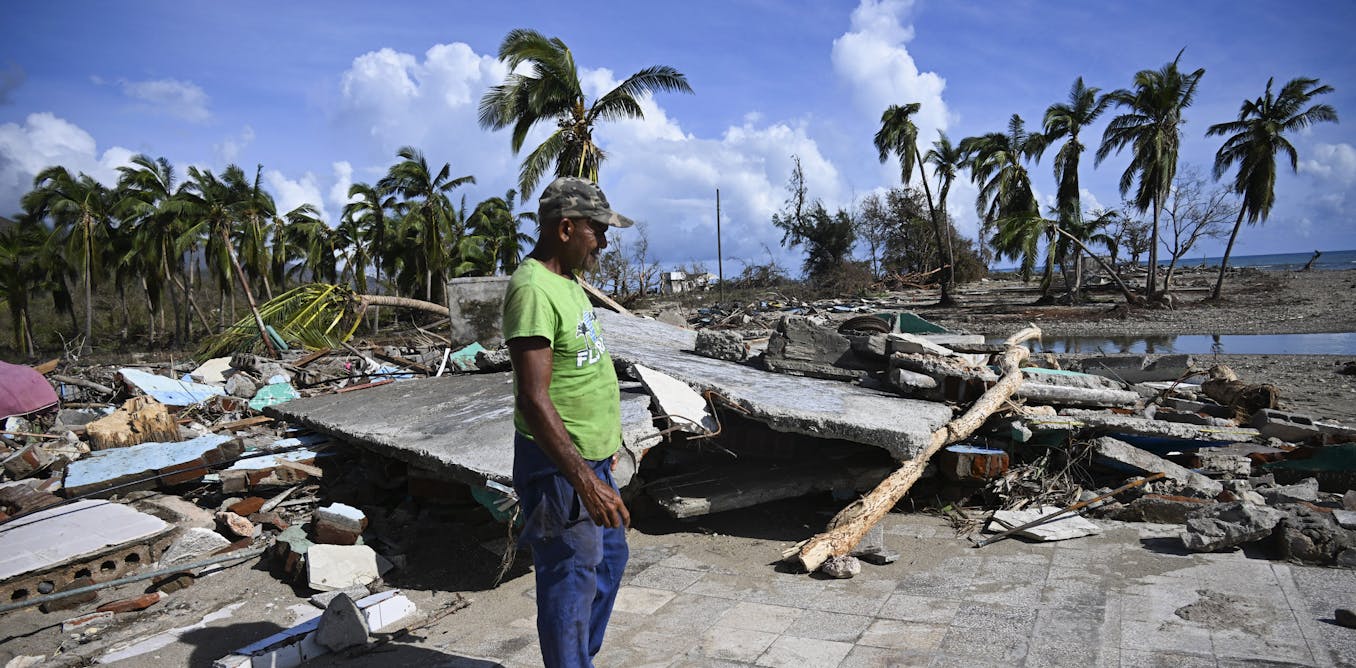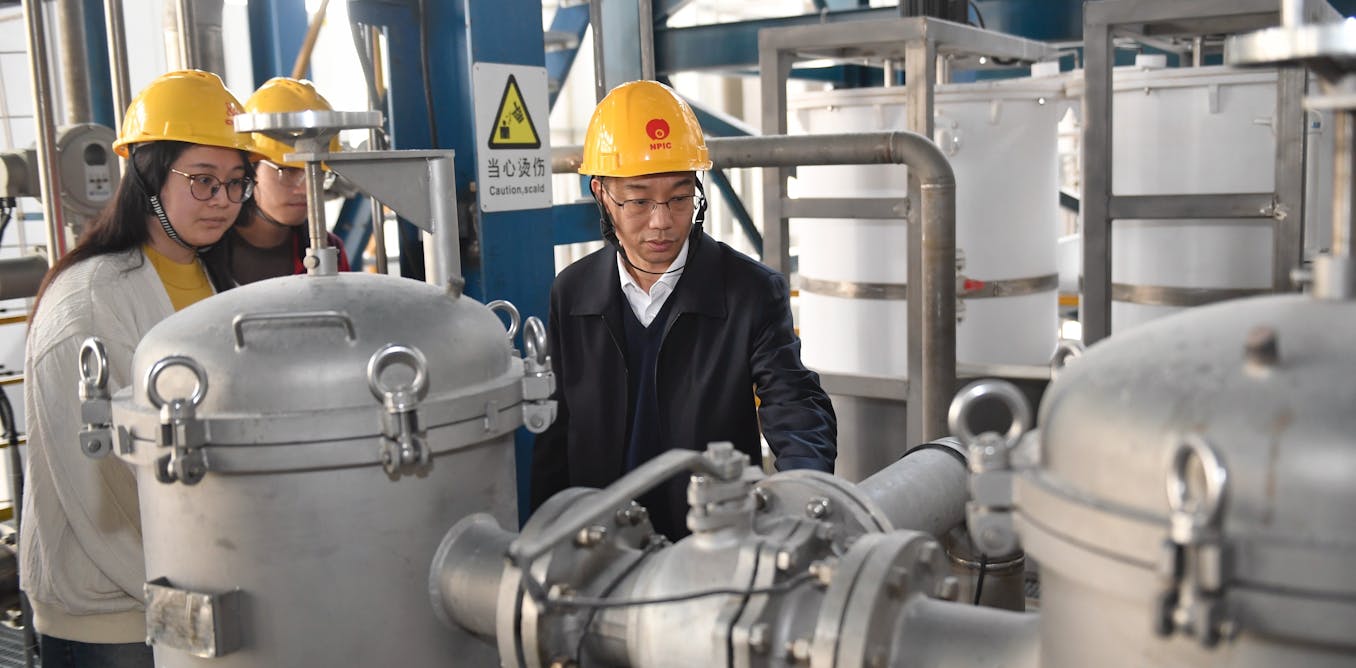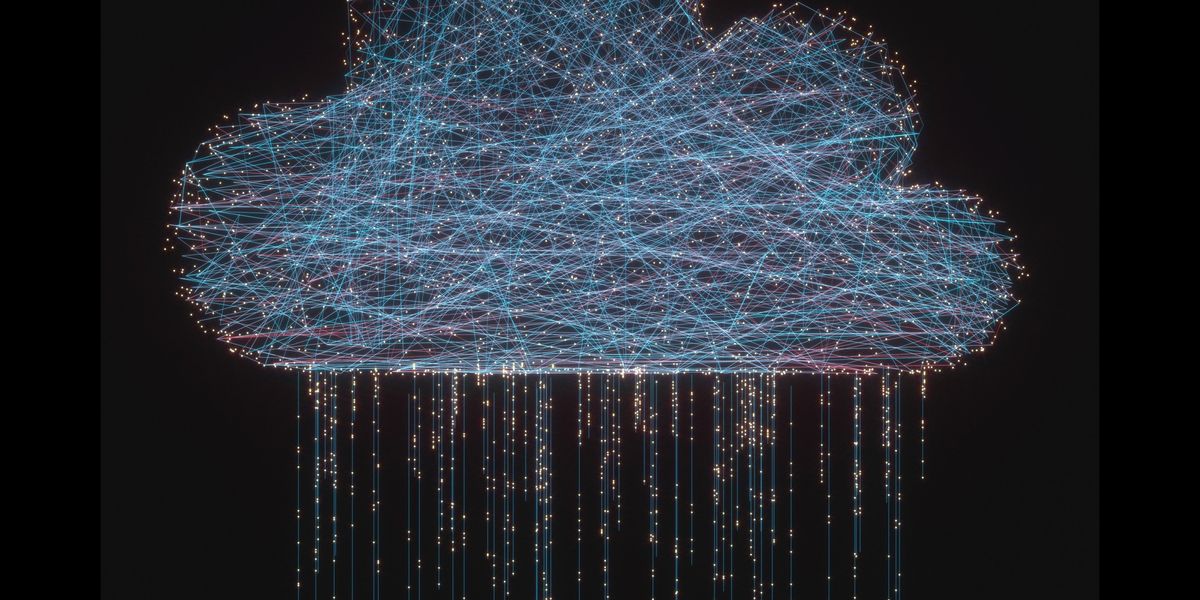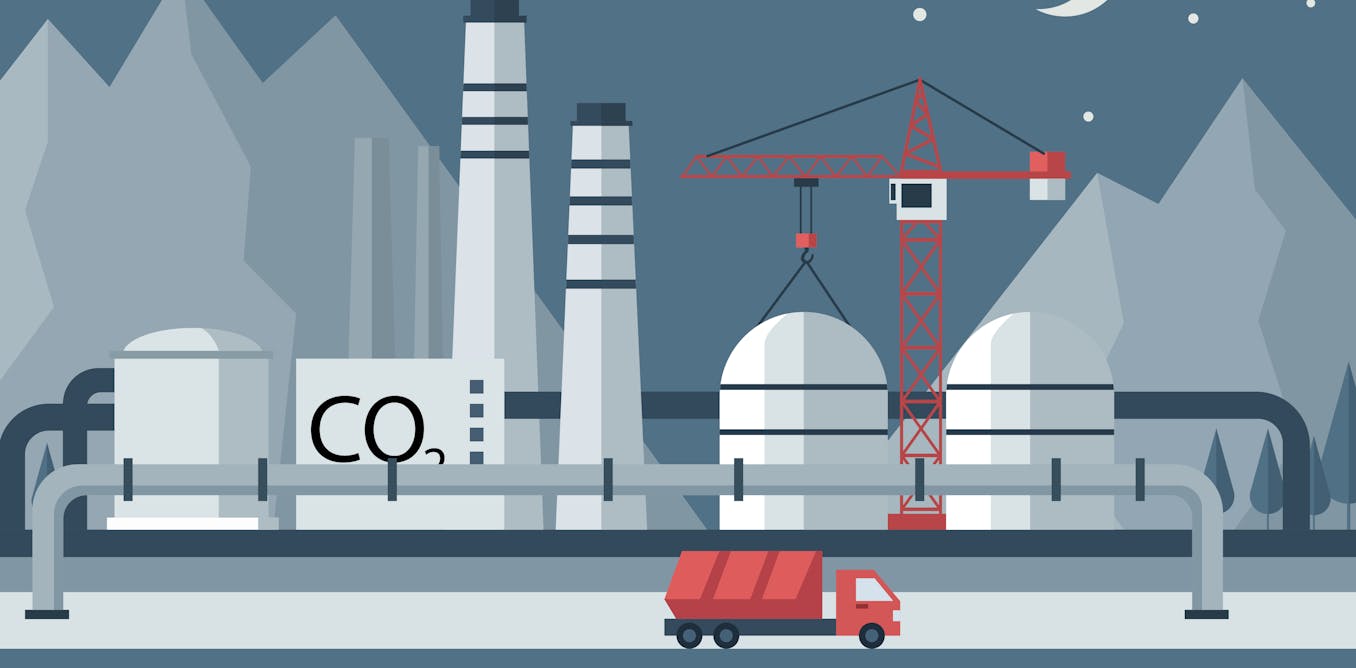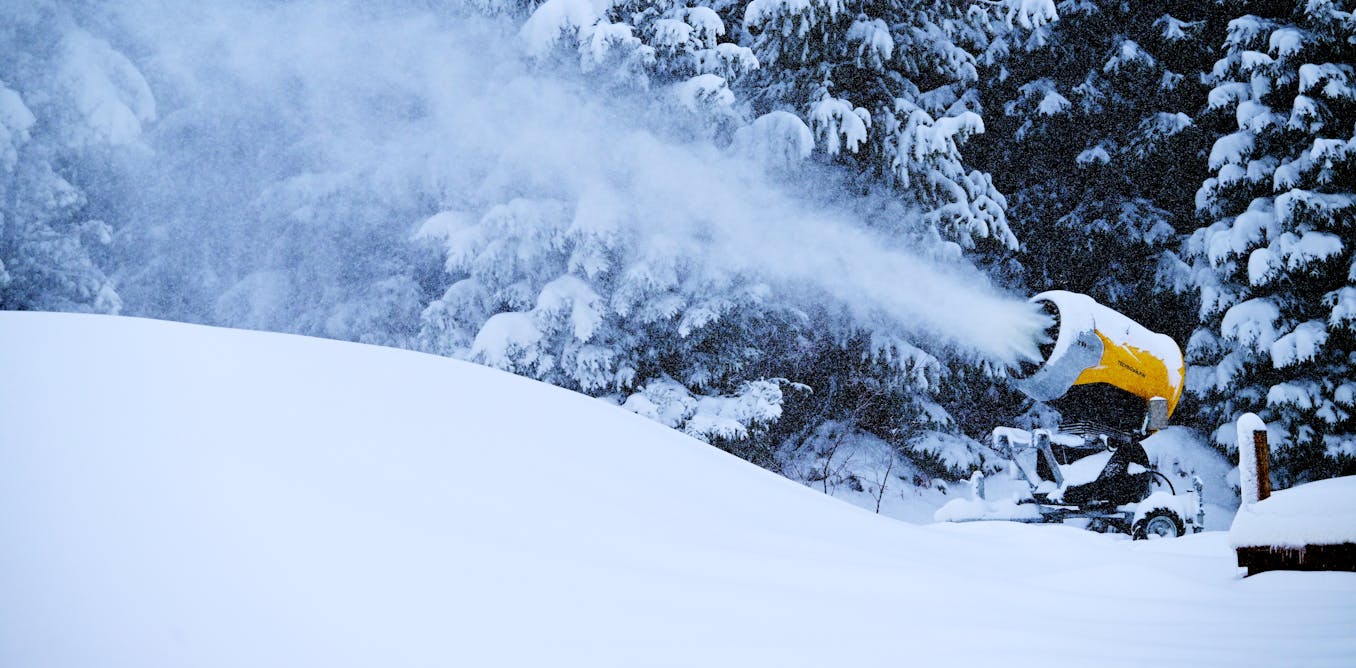This article is part of our exclusive IEEE Journal Watch series in partnership with IEEE Xplore.
Weather satellites can track every movement of a storm from orbit. However, the algorithms that analyze satellite readings currently don’t estimate precipitation levels as well as the algorithms that have been fed ground-based radar data. Now, a new study finds AI can help greatly improve satellite-based estimates.
Accurate estimates of how much rain, snow and hail has fallen on an area is important to refining weather forecasts, managing vital water supplies, and investigating climate change. But developing accurate precipitation estimates from raw satellite data “is not an easy task,” explains study co-author Haonan Chen, a remote sensing scientist at Colorado State University in Fort Collins. Satellites essentially scan cloud tops instead of detecting what has fallen on the surface. “Extracting surface-level precipitation information from measurements on top of the clouds requires sophisticated models that can bridge the gap,” he says.
In the new study, Chen and his colleagues analyzed data from the Geostationary Operational Environmental Satellites (GOES) operated by the U.S. National Oceanic and Atmospheric Administration. The researchers focused on the GOES-R satellites, which scan visible and infrared light from Earth.
“Combining the geostationary satellite data shared from other countries in Asia, we can potentially create a complete precipitation map covering the whole globe.” —Haonan Chen, Colorado State University
The researchers analyzed GOES-R data using deep learning techniques, which employ artificial neural networks. In these systems, components dubbed “neurons” are fed data and cooperate to solve a problem, such as recognizing images. The neural net repeatedly adjusts the links between its neurons and sees if the resulting patterns of behavior are better at finding a solution. Over time, the network discovers which patterns are best at computing results. It then adopts these as defaults, mimicking the process of learning in the human brain.
The aspects of a neural net that change with learning, such as the nature of the connections between neurons, are known as its parameters. A neural network is dubbed “deep” if it possesses multiple layers of neurons.
The scientists experimented with a neural network with more than 1.3 million parameters. They had it analyze GOES-R infrared data for the southwestern United States from May to September 2018 and May to September 2019, training it to get precipitation estimates as close as possible to ground-based radar estimates. They also investigated how their system performed when it did and did not incorporate data from GOES-16’s lightning detector.
“Thanks to GPU servers available in recent years, we can now analyze large amounts of satellite data and train complex machine learning models in a rather efficient way,” Chen says.
When tested on GOES-R data from May to…
Read full article: AI Sharpens Rainfall Estimates from Satellites

The post “AI Sharpens Rainfall Estimates from Satellites” by Charles Q. Choi was published on 11/23/2023 by spectrum.ieee.org










